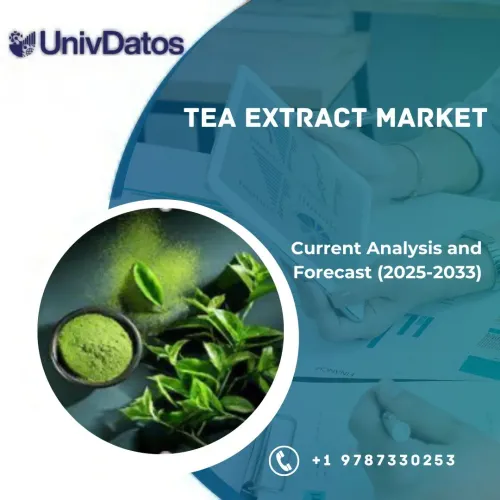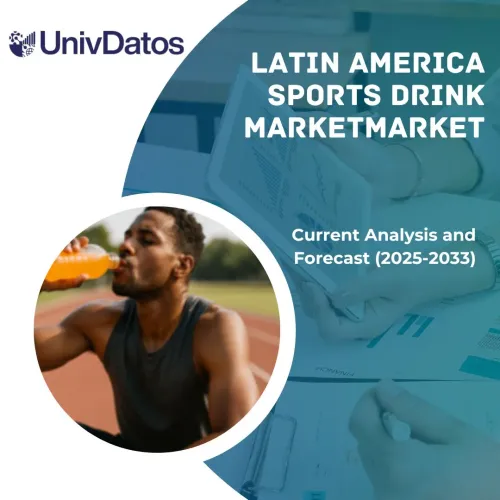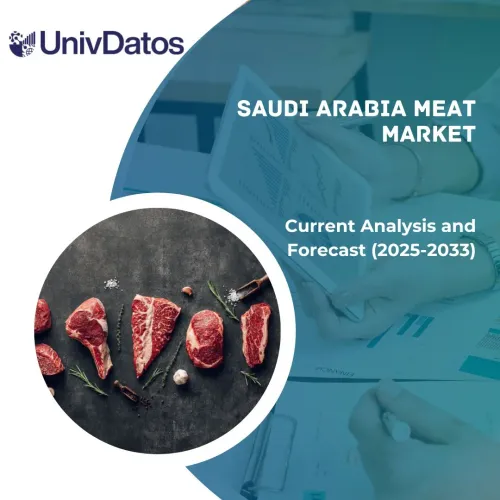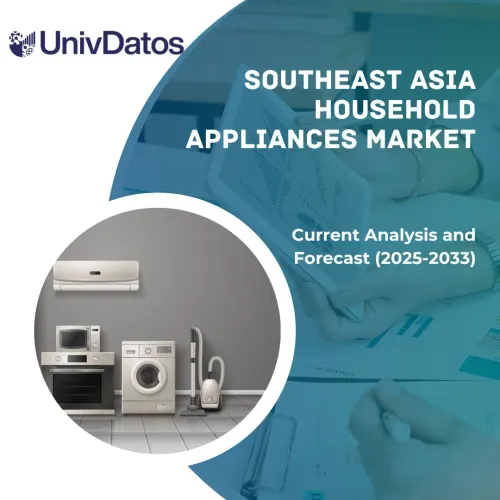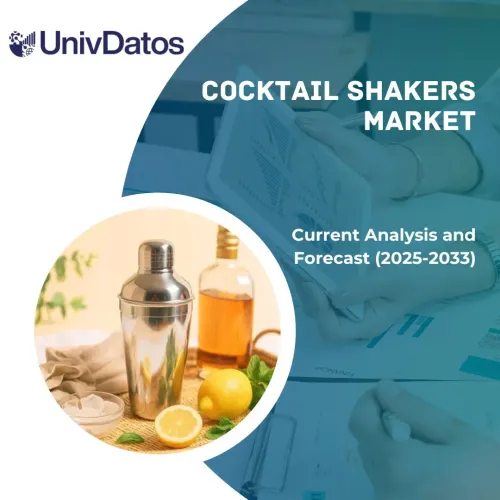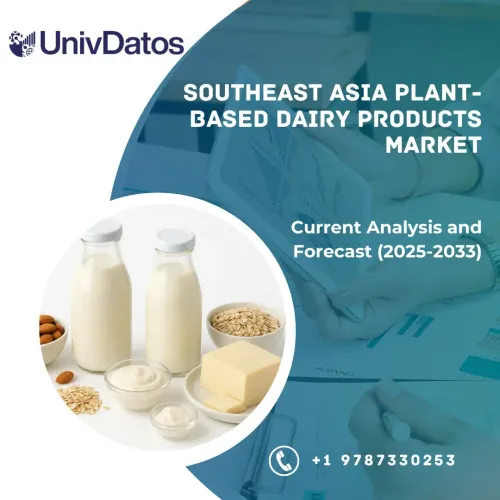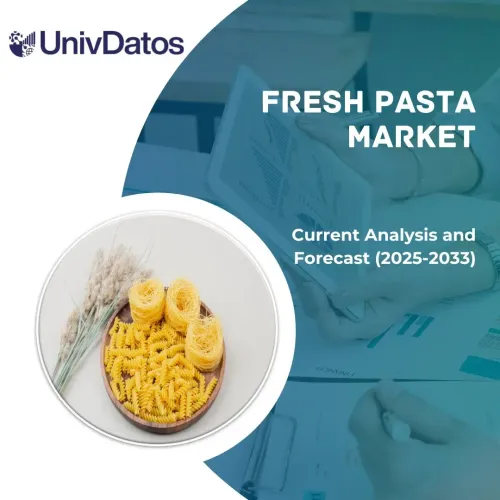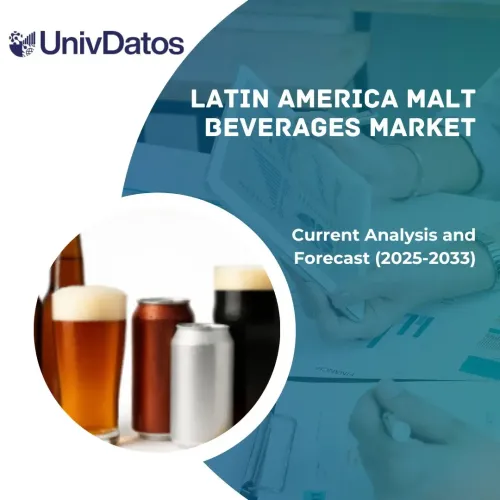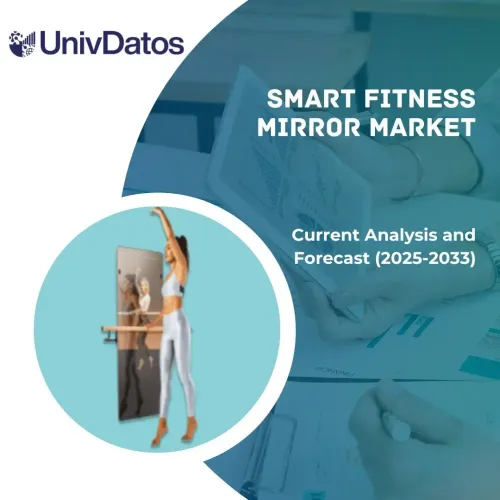- Home
- About Us
- Industry
- Services
- Reading
- Contact Us
Edible Packaging Market: Current Analysis and Forecast (2021-2027)
Emphasis on Material Type (Proteins, Polysaccharides, Lipids, Composite Films, Others); Source (Plant, Animal); End-Use (Food & Beverages, Pharmaceuticals); Region/Country
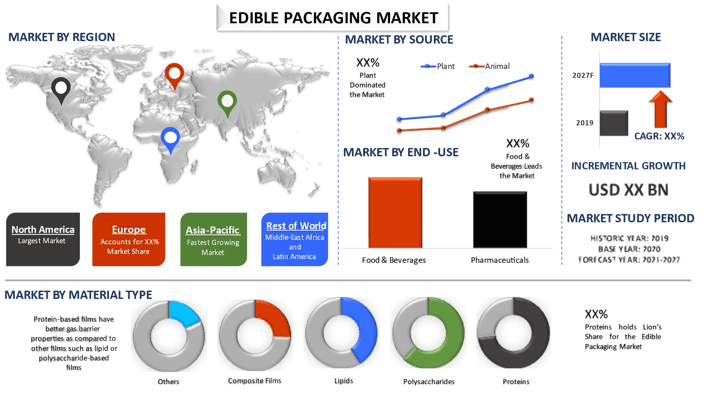
Global Edible Packaging Market was valued around US$ 515 million in 2020 and is expected to showcase a CAGR of around 5.5% during the forecast period (2021-2027). Edible Packaging is the type of packaging which is made up of thin material used for wrapping or coating food materials and drugs. This type of packaging is biodegradable and can be consumed along with the product. Edible packaging or film is majorly made up of film-forming material, plasticizer, and additives.
Pollution caused due to plastics can afflict land, waterways, and oceans. Up to 12 million metric tonnes of plastic waste enters the ocean and the coastal communities every year. This flow of plastics into our environment has reached crisis proportions and it is most evident in our oceans as they are slowly turning into plastic soup which in turn is adversely affecting marine life. Single-use plastics are filling up our landfills, choking our rivers, and contaminating our oceans. Consequently, the world is marking a paradigm shift from the use of single-use plastics to edible alternatives for reducing plastic packaging waste which in turn is positively impacting the growth of this market globally.
The edible packaging market is growing exponentially on account of the growing demand for sustainable packaging and the growing number of startups in this area focused on developing edible wrapping products. For example, Lactips, a French startup, produces water-soluble and biodegradable thermoplastic pellets based on milk protein, casein. Different varieties of this product can be used in several industrial applications, varying from food to cosmetics and even medical, detergent, agrochemicals, etc. Moreover, increasing consumption of processed food coupled with an increase in the number of people adopting a healthy lifestyle has created immense growth opportunities for various industry players to focus on the development of new and innovative edible packaging materials. Thereby, driving the growth of the global edible packaging market.
Packaging Waste Generated, Recovered & Recycled, EU, 2010-2018 (Kg per capita)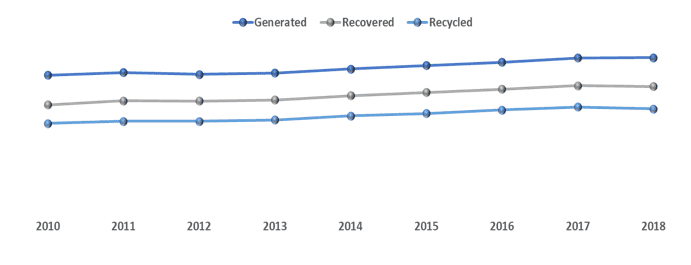
Ingredion, JRF Technology LLC, Evoware, Bluwrap, Tate & Lyle Plc., MonoSol LLC, WikiCell Designs Inc., Devro plc, Tipa Corp, Nagase America LLC are some of the prominent players operating in the edible packaging market. Several M&As along with partnerships have been undertaken by these players to facilitate customers with new and innovative products.
Insights Presented in the Report
“Amongst Material Type, Proteins segment holds the major share”
Based on material type, the market is fragmented into proteins, polysaccharides, lipids, composite films, and others. The proteins segment generated revenue of USD XX billion in 2020 and is expected to grow at a CAGR of XX% during the forecast period to reach a market valuation of USD XX billion by 2027F as protein-based films have better gas barrier properties as compared to other films such as lipid or polysaccharide-based films. In addition to this, better mechanical properties and widespread applications of protein-based edible films are also driving market growth. For example, these films can be used at the surface of food for controlling the diffusion rate of preservative substances from the surface to the interior of the food. However, the polysaccharides segment is also expected to grow at a substantial CAGR in the projected timeframe.
“Amongst Source, Plants segment holds the major share”
Based on the source, the market is fragmented into plant and animal. The plant segment generated revenue of USD XX billion in 2020 and is expected to grow at a CAGR of XX% during the forecast period to reach a market valuation of USD XX billion by 2027F owing to the growing demand for plant-based packaging material among manufacturers and consumers as plant-based food packaging improves food preservative properties. Furthermore, the widespread availability of a number of plant sources for edible packaging is also contributing to the growth of this segment. some of the common sources include fibrous vegetables, starch, carbohydrates, seaweed, among others.
“Amongst End-Use, Food & Beverages segment holds the major share”
Based on the end-use, the market is fragmented into food & beverages, and pharmaceuticals. The food & beverages segment generated revenue of USD XX billion in 2020 and is expected to grow at a CAGR of XX% during the forecast period to reach a market valuation of USD XX billion by 2027F owing to the growing adoption of edible packaging among food & beverage industry players. Also, the altering lifestyles coupled with the increasing consumption of processed food products across the world is adding pace to the growth of the segment. For instance, in India, consumption of beverages and processed food amounted to 6.8% between 2014-15 which was increased to 7.8% by 2020-21. However, the pharmaceuticals segment is also anticipated to grow at a considerable CAGR during the forecast period.
“North America represents one of the largest markets of edible packaging market”
For a better understanding of the market dynamics of the edible packaging market, a detailed analysis was conducted for different regions across the globe including North America (the U.S, Canada, and the Rest of North America), Europe (Germany, France, Spain, United Kingdom, Italy, and Rest of Europe), Asia-Pacific (China, Japan, India, Australia, and Rest of APAC), Rest of World has been conducted. North America dominated the market and generated revenue of US$ XX million in 2020 owing to the fast-paced modern lifestyle and high-income levels of the consumers in the region leading to a rise in the demand for processed food products.
Reasons to buy this report:
- The study includes market sizing and forecasting analysis validated by authenticated key industry experts
- The report presents a quick review of overall industry performance at one glance
- The report covers an in-depth analysis of prominent industry peers with a primary focus on key business financials, product portfolio, expansion strategies, and recent developments
- Detailed examination of drivers, restraints, key trends, and opportunities prevailing in the industry
- The study comprehensively covers the market across different segments
- Deep dive regional level analysis of the industry
Customization Options:
The global edible packaging market can further be customized as per the requirement or any other market segment. Besides this, UMI understands that you may have your own business needs, hence feel free to connect with us to get a report that completely suits your requirements.
Table of Content
Analyzing the historical market, estimation of the current market, and forecasting the future market of the global edible packaging market were the three major steps undertaken to create and analyze the adoption of edible packaging in major regions globally. Exhaustive secondary research was conducted to collect the historical market numbers and estimate the current market size. Secondly, to validate these insights, numerous findings and assumptions were taken into consideration. Moreover, exhaustive primary interviews were also conducted, with industry experts across the value chain of the global edible packaging market. Post assumption and validation of market numbers through primary interviews, we employed a top-down/bottom-up approach to forecasting the complete market size. Thereafter, market breakdown and data triangulation methods were adopted to estimate and analyze the market size of segments and sub-segments the industry pertains to. Detailed methodology is explained below:
Analysis of Historical Market Size
Step 1: In-Depth Study of Secondary Sources:
Detail secondary study was conducted to obtain the historical market size of the edible packaging through company internal sources such as annual report & financial statements, performance presentations, press releases, etc., and external sources including journals, news & articles, government publications, competitor publications, sector reports, third-party database, and other credible publications.
Step 2: Market Segmentation:
After obtaining the historical market size of the edible packaging market, we conducted a detailed secondary analysis to gather historical market insights and share for different segments & sub-segments for major regions. Major segments included in the report as material type, source and end-use. Further country-level analyses were conducted to evaluate the overall adoption of edible packaging across the globe.
Step 3: Factor Analysis:
After acquiring the historical market size of different segments and sub-segments, we conducted a detailed factor analysis to estimate the current market size of the edible packaging. Further, we conducted factor analysis using dependent and independent variables such as advances in technologies used for packaging methods. A thorough analysis was conducted for demand and supply-side scenarios considering top partnerships, merger and acquisition, business expansion, and product launches in the edible packaging sector across the globe.
Current Market Size Estimate & Forecast
Current Market Sizing: Based on actionable insights from the above 3 steps, we arrived at the current market size, key players in the edible packaging market, and market shares of the segments. All the required percentage shares split, and market breakdowns were determined using the above-mentioned secondary approach and were verified through primary interviews.
Estimation & Forecasting: For market estimation and forecast, weights were assigned to different factors including drivers & trends, restraints, and opportunities available for the stakeholders. After analyzing these factors, relevant forecasting techniques i.e., top-down/bottom-up approach was applied to arrive at the market forecast about 2027 for different segments and subsegments across the major markets globally. The research methodology adopted to estimate the market size encompasses:
- The industry’s market size, in terms of value (US$) and the adoption rate of edible packaging across the major markets domestically
- All percentage shares, splits, and breakdowns of market segments and sub-segments
- Key players in the edible packaging market in terms of products offered. Also, the growth strategies adopted by these players to compete in the fast-growing market
Market Size and Share Validation
Primary Research: In-depth interviews were conducted with the Key Opinion Leaders (KOLs) including Top Level Executives (CXO/VPs, Sales Head, Marketing Head, Operational Head, and Regional Head, Country Head, etc.) across major regions. Primary research findings were then summarized, and statistical analysis was performed to prove the stated hypothesis. Inputs from primary research were consolidated with secondary findings, hence turning information into actionable insights.
Split of Primary Participants in Different Regions
Market Engineering
Data triangulation technique was employed to complete the overall market estimation and to arrive at precise statistical numbers of each segment and sub-segment of the edible packaging market. Data was split into several segments & sub-segments post studying various parameters and trends in the areas of material type, source and end-use of the edible packaging market.
The main objective of the Edible Packaging Market Study
The current & future market trends of edible packaging were pinpointed in the study. Investors can gain strategic insights to base their discretion for investments from the qualitative and quantitative analysis performed in the study. Current and future market trends were determined the overall attractiveness of the market at a regional level, providing a platform for the industrial participant to exploit the untapped market to benefit as a first-mover advantage. Other quantitative goals of the studies include:
- Analyze the current and forecast market size of edible packaging in terms of value (US$). Also, analyze the current and forecast market size of different segments and sub-segments
- Segments in the study include areas of material types, source, and end-use
- Define and analysis of the regulatory framework for the edible packaging industry
- Analyze the value chain involved with the presence of various intermediaries, along with analyzing customer and competitor behaviors of the industry
- Analyze the current and forecast market size of the edible packaging market for the major region
- Major regions studied in the report include North America, Europe, Asia-Pacific and Rest of the world
- Company profiles of the edible packaging market and the growth strategies adopted by the market players to sustain in the fast-growing market
Deep dive regional level analysis of the industry
Related Reports
Customers who bought this item also bought

